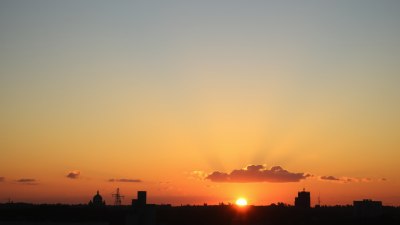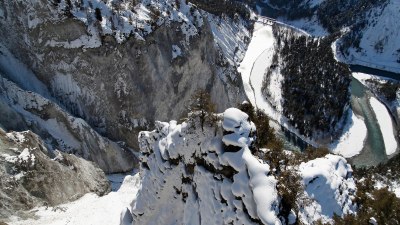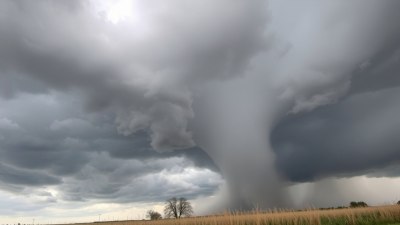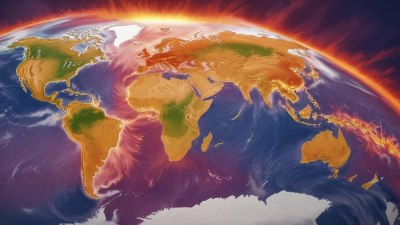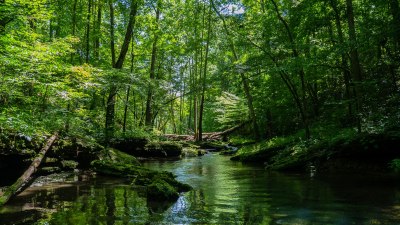Why Do Some Places Have Sudden Snow Melts
Explore the causes and effects of sudden snow melts in various regions and their impact on the environment.
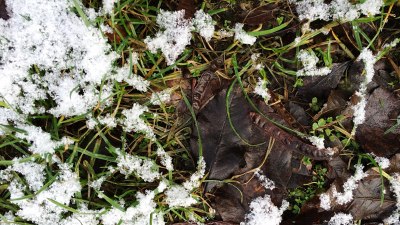
Sudden snow melts can be a fascinating phenomenon, occurring in various regions around the world. Understanding why some places experience these rapid snow thaws can help us grasp broader climatic changes and their environmental implications. With climate change becoming an increasingly pressing issue, analyzing snow melt patterns is crucial to understanding our planet's evolving climate system.
Snow Melt Basics
Before delving into the causes of sudden snow melts, it's essential to understand the basics of snow melt. Snow melt refers to the process of snow turning into water as it heats up, often influenced by temperature changes, sunlight, and precipitation. In many areas, snow accumulation occurs during the winter months, creating a thick blanket of snow that can linger for weeks or even months. As spring approaches, increased temperatures can lead to rapid snow melt under certain conditions.
Factors Contributing to Sudden Snow Melts
Sudden snow melts can occur due to several interrelated factors, including temperature spikes, solar radiation, and climatic changes. Each of these factors can trigger a rapid transformation of snow into water, leading to various consequences.
1. Temperature Fluctuations
One of the primary drivers of sudden snow melts is temperature fluctuations. A significant spike in temperature can lead to a rapid thaw, especially if the snowpack has built up over the winter months. For instance, when temperatures rise abruptly from below freezing to above freezing during the day, it triggers a rapid melting process. This can be especially common in transitional seasons like late winter and early spring.
2. Solar Radiation
Solar radiation also plays a crucial role in snow melt. As the sun rises higher in the sky during spring, its rays become more intense. This increase in solar radiation accelerates the snow melt process. The darker surfaces exposed as the snow begins to melt absorb more sunlight, further increasing temperatures in those areas and contributing to rapid melt rates.
3. Wind and Atmospheric Conditions
Wind can also affect snow melt rates. Strong winds can help to disperse cold air, raising daytime temperatures, even in areas where snow is lying on the ground. Additionally, wind can enhance the sublimation process, where ice transforms directly into vapor without turning into liquid. This can cause some snowpacks to evaporate quicker than they melt, leading to sudden reductions in snow cover.
4. Precipitation Events
Sudden rain events occurring during warm spells can also lead to rapid snow melts. Rain falling on a snowpack can result in a significant increase in melt rates as rainwater can penetrate into the snow. This additional water increases the thermal energy in the snowpack, speeding up the melting process. In these situations, large volumes of water can be released quickly, leading to potential flooding and runoff issues.
The Impact of Climate Change
As climate change continues to influence global temperatures, the patterns of snow accumulation and melt are shifting. Warmer average temperatures lead to earlier onset of snow melt in many regions, meaning snow that used to last well into spring may now be gone weeks earlier. This shift can have profound effects on water management systems, agriculture, and ecosystems.
1. Altered Hydrological Cycles
The timing of snow melt impacts the hydrological cycle—how water moves through the environment. An earlier snow melt can lead to increased runoff in a short period, potentially causing floods, while contributing to extended drought periods later in the year as the water supply diminishes when it’s needed most. This can pose challenges for farmers relying on a steady water supply throughout the growing season, leading to crop failures or reduced yields.
2. Effects on Ecosystems
Additionally, the timing of snow melts can disrupt local ecosystems. Many plants and animals are adapted to specific seasonal cues for growth and reproduction. If snow melts earlier than usual, this can alter the timing of flowering plants and insect activity, leading to mismatches in the food web. For example, if flowering occurs before pollinators emerge, it could negatively impact plant reproduction and, subsequently, the herbivores that feed on them.
3. Urban Implications
Urban areas can be particularly affected by sudden snow melts. Rapid melting can strain drainage systems as they are overwhelmed by the influx of water, leading to street flooding and potential damage to infrastructure. City planners and engineers must account for these patterns to create more resilient urban environments capable of handling sudden changes in water flow.
Regional Variations in Snow Melt
Geographically, certain regions are more prone to sudden snow melts due to their unique climate conditions. The interplay of local temperature, precipitation patterns, and seasonal changes creates different snow melt dynamics across various locations.
1. Mountains and High Elevations
In mountainous regions, sudden snow melt can occur rapidly due to altitude effects. Higher elevations can experience more significant temperature variations between day and night, leading to swift melting during warm days. This phenomenon can contribute to avalanches and heightened runoff concerns in areas below the snowpack.
2. Polar Regions
In polar regions, sudden melting can be catalyzed by warm ocean currents and wind patterns that shift due to climate change. Areas once stable in their ice coverage are beginning to experience unprecedented melt rates. These changes are not only fascinating but raise alarms about global sea-level rise and its long-term consequences.
3. Urban Heat Islands
Urban heat islands, where cities experience higher temperatures than surrounding rural areas, can also lead to quicker snow melts. Increased concrete and asphalt absorb heat more than natural landscapes, translating to warmer ground temperatures and accelerated melting of snow that accumulates in urban environments.
Understanding why certain places experience sudden snow melts reveals much about local and global climates. The combination of temperature changes, solar radiation, wind patterns, and precipitation plays a significant role in how quickly snow disappears in various regions. As climate change alters traditional patterns of snow accumulation and melt, it is essential to comprehend these dynamics—impacting not just the environmental aspects but the economy and social structures as well. By adapting to these changes, societies can mitigate adverse outcomes while working towards a sustainable future in the face of an evolving climate.

